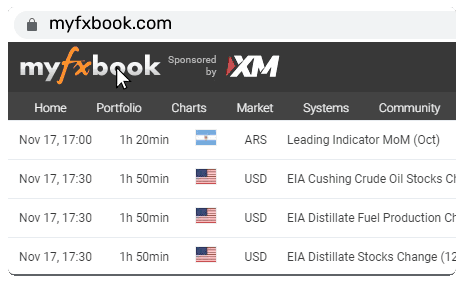EUR: Limits to this move lower.

The relative fundamental divergence ahead remains more EUR/USD supportive.
I acknowledge that relative macroeconomic conditions have become less supportive of a decline in the US dollar. However, I maintain that this shift primarily reflects past events rather than future trends. Recent data confirmed that Germany experienced a technical recession in the first quarter, with a real GDP contraction of 0.3% following a 0.5% contraction in Q4. The main driver behind this weakness was a decline in household consumption, which contracted by 1.2% quarter-on-quarter in Q1, following a downwardly revised 1.7% contraction in Q4.
Additionally, government spending experienced a significant decline of 4.9% in Q1. However, I anticipate that these three components will reverse their trends in the upcoming quarters, leading to a higher likelihood of growth recovery.
Although growth will remain modest and not cause for celebration, there is now a slightly more positive momentum. Notably, Germany's GfK Consumer Confidence index increased to -24.2, marking the eighth consecutive month of growth. Furthermore, a document from the European Commission, as reported by the FT, revealed that natural gas demand is projected to decrease this year by a greater extent than imports from Russia. If this projection becomes reality, it could further exert downward pressure on natural gas prices. The anticipated turnaround in natural gas prices, coupled with improved purchasing power for consumers, serves as a primary supportive factor for future growth and will contribute to Germany's economic expansion in the coming quarters.
Competitiveness risks over the medium term
Undoubtedly, there are valid concerns regarding Germany's medium-term growth prospects. In the first quarter, export growth remained subdued, increasing by a mere 0.4% following a decline of 1.3% in Q4. Looking ahead, Germany will face intensified competition in the automotive sector, as recent data from China confirms its status as the world's leading auto exporter. The decline in natural gas demand is partly due to forced factors, such as demand destruction. Consequently, Germany, which has relied more heavily on Russian natural gas compared to other nations, may require a more extended period to adapt to these changes. Furthermore, after experiencing two consecutive quarters of contraction, German real GDP has once again fallen below pre-COVID levels, joining the UK and Japan in this challenging situation.
Growth flat but in positive territory as growth in the US weakens.
However, the primary driver for future growth in the coming quarters will be improved consumption growth fuelled by rising real incomes, and this belief is reinforced by the latest GDP data from Germany. It's worth noting that the recent surge in 2-year yields in the US (increasing by over 90 basis points) does not accurately reflect strong economic data from the US. In fact, I maintain my expectation of a continued slowdown in US economic activity, as outlined in most of my FX View piece. Consequently, short-term interest rates are likely to face renewed downward pressure in the upcoming weeks and months. In Germany, the 2-year yield has increased by approximately 40 basis points during the same period, contributing to the decline in the EUR/USD exchange rate.
Moreover, the market has already priced in the probability of two additional rate hikes by the European Central Bank (ECB), which are highly likely to be implemented at a minimum.
So, ECB caution coupled with falling inflation means higher real yields
Therefore, it is anticipated that real yields in the Eurozone will start to increase in comparison to the US. The European Central Bank (ECB) is likely to vote in favour of raising interest rates at the next two meetings, even as inflation displays indications of easing, which should provide support to the Euro (EUR). However, the main risk to this viewpoint arises from the US side, as any limited signs of further economic slowdown could result in additional declines in the EUR/USD exchange rate.
Additionally, if the global environment proves worse than anticipated, manufacturing activity in Germany may have a more pronounced impact on the broader economy than initially expected. Nonetheless, I maintain my belief that Germany and the Eurozone will experience a modest rebound in growth, contrasting with the deceleration in US economic activity as we approach recessionary conditions by the end of the year.
This content may have been written by a third party. ACY makes no representation or warranty and assumes no liability as to the accuracy or completeness of the information provided, nor any loss arising from any investment based on a recommendation, forecast or other information supplied by any third-party. This content is information only, and does not constitute financial, investment or other advice on which you can rely.



















